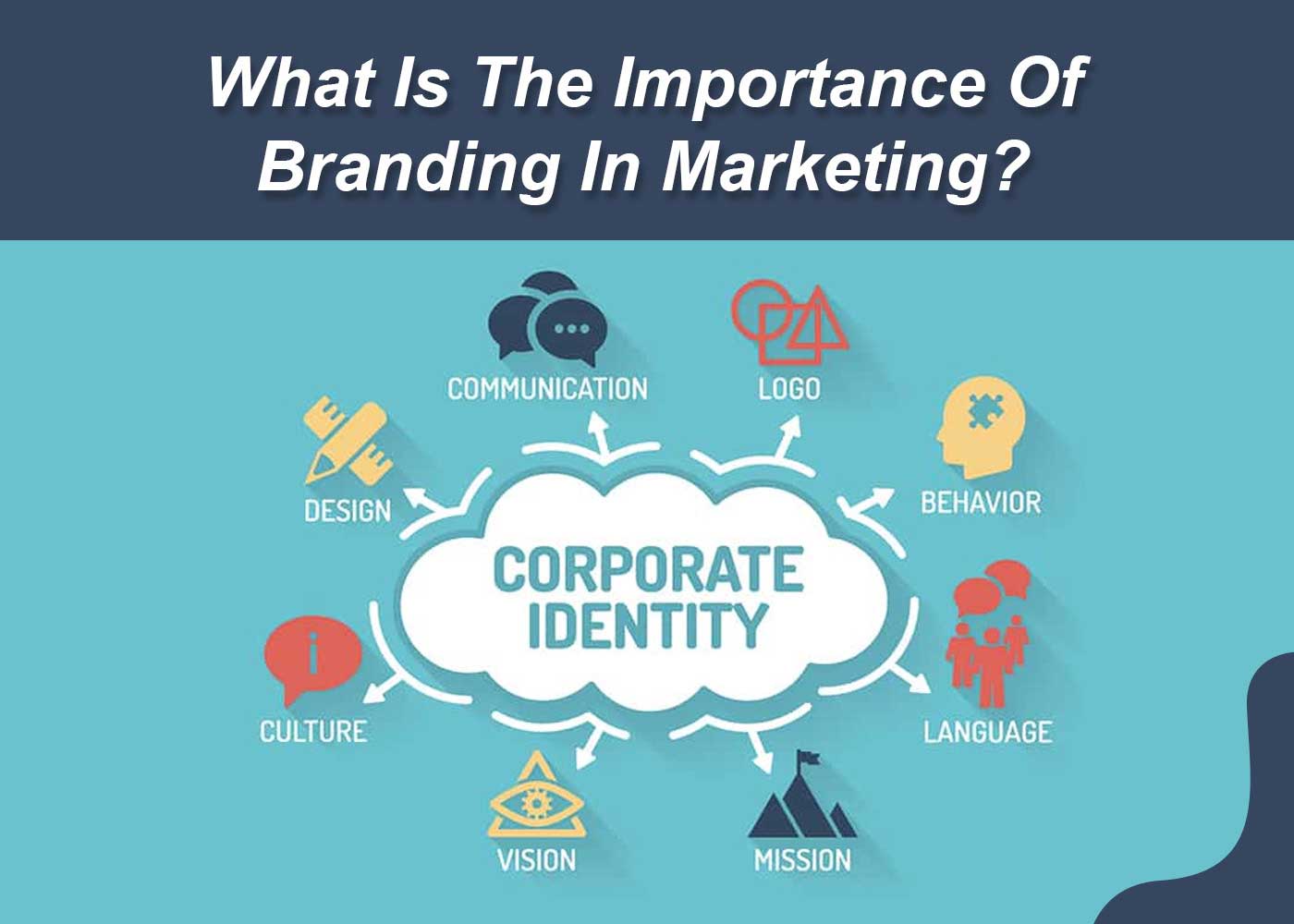
Comparing demand generation to lead generation is like comparing apples to oranges. While the former stays on top of the sales funnel, the latter sits near the bottom - fulfilling completely different requirements for B2B marketers.
However, despite their difference, they both strive to do one thing: increase sales. This article will discuss what demand and lead generation is and the key differences between them.

What is Demand Generation
Demand generation is the practice of making your audience aware of your business. In addition to demand generation making the users interested in the products or services, they also help facilitate the lead generation strategies.
Moreover, as B2B businesses often get restricted by the limitation of reachable clients, demand generation can be effective to penetrate new territories and demographics.
What Is Lead Generation
Lead generation is the technique of turning interested audiences into customers. The audience, who are lured in by demand generation strategies, are nurtured and carefully guided to complete the sales process in lead generation.
Initially, lead generation focuses on gated content, forms, and paid ads to harvest the contact information of prospects, and later—nurturing.
Difference Between Demand Generation and Lead Generation
In many cases, lead generation and demand generation overlap each other to suit individual B2B marketing requirements. The key difference between demand generation and lead generation is in their position in the sales funnel, but they often show defining characteristics that need to be discussed.

Difference in Authority
Authority is defined by how well you can deliver knowledge and information to your audience. In general, B2B marketers employ content marketing strategies to increase their authority and influence over prospects.
Since making prospects aware of the products and services is critical, building authority is considered a key factor in demand generation strategies. Several content marketing strategies like articles, guest posts, gated content, guides, influencer marketing, and webinars are used by demand generation services for the same.
Moreover, as demand generation mostly is a strategy facilitated before leading prospects to a payment page, the contents for this purpose are designed to be helpful and informative.
In contrast, lead generation is a commercial intent strategy. The prospects, driven by demand generation, are already aware of your authority and the products they are being targeted for. They don’t care about the informative guides anymore and are seeking proof of usability and feasibility. Therefore, in lead generation campaigns, building authority isn’t a priority; as it’s already present.
Difference in Goals
Lead generation and demand generation, both are curated campaigns that fulfill different needs. Hence, the goals set by marketers in these two strategies also differ significantly. But these goals separately aren’t ultimate. These two rely on each other to fulfill a common fundament—increasing growth and revenue.
The goal of demand generation campaigns revolves around brand and product awareness. While these campaigns don’t directly contribute to overall sales figures, they are essential to kick start the sales-driven strategies.
For instance, as a marketer in the EV industry, if you can’t make your prospects aware of the environmental superiority and cost-saving aspects of the product, you might never be able to make a sale despite your best efforts with customer management.
Lead generation reflects on conversion. It comes into play when a prospect has been convinced about the product and pricing through the means of demand generation campaigns and leaves their contact information with you—turning into a lead. These leads are managed and nurtured through ranking, sales funnel, and engagement.
Difference in Engagement
Engagement with customers is an essential element of growth. B2B marketing, unsurprisingly, relies heavily on one-to-one conversations and pre-sales support. Therefore, businesses often try to maximize their engagement with new and existing customers through several mediums. However, depending on the structure of campaigns, the strategy, channel, and execution differ.
Demand generation campaigns are consumer-centric. Although important, direct communication isn’t an essential part of it. However, the businesses that drive their B2B demand generation campaigns through social media and online webinars may need to engage in low-level communication to increase authenticity and trust.
But, for lead generation, engagement is critical. Especially for B2B marketing, where your sales team needs to convince another business about the feasibility of your products. For effective communication, lead generation experts develop communication strategies depending on the unique value proposition of the product, the intent of the prospect, and the demographic.

Difference in Intent
The goal of demand generation is to inform your target audience. Creating free materials to address inquiries from your prospects is usually utilized. Demand generation may also include infographics, video content, case studies, or online events; but never anything that requires credit cards.
In many cases, freemium products are also developed to give the customers a taste of what to expect. The intent of demand generation is consumer-centric. For example, many WordPress plugins are offered as a free program that barely fulfills your requirements, but for additional functionality, you need to pay the premium price.
However, lead generation takes it to greater highs when you have content that focuses more on nurturing leads and establishing your brand. It makes use of contact information-required gated resources and paid ads. Lead generation campaigns mostly are targeted toward already interested buyers. The intent is sales-centric.
Difference in Metrics
Metrics are elementary when it comes to optimizing the campaigns. Be it demand generation or lead generation, you wouldn’t be able to understand what needs to be done without falling back on, at least, the basic metrics.
Demand generation metrics are ambiguous for the fact that they can’t directly measure what percentage of visitors is finding the content helpful and is being convinced. You, as a B2B marketer, need to assess the tangential metrics like bounce rate, average session duration, number of sessions per user, and CTR to analyze the success rate of each strategy.
In the case of lead generation, as sales conversion is a primary concern, the metrics are easier to understand and apply.
The Bottom Line
The difference between demand generation and lead generation is blatant. Although they both are co-related, they differ in goals, engagement, authority, impact, and metrics. While demand generation is a consumer-centric approach, lead generation bottoms down to sales.
The goal of demand generation is pivoted to brand awareness and knowledge, but it is the conversion for lead generation. Although they both require engagement, lead generation demands it more; for it is a result-oriented approach.




















Comments (0)
Write a Comment